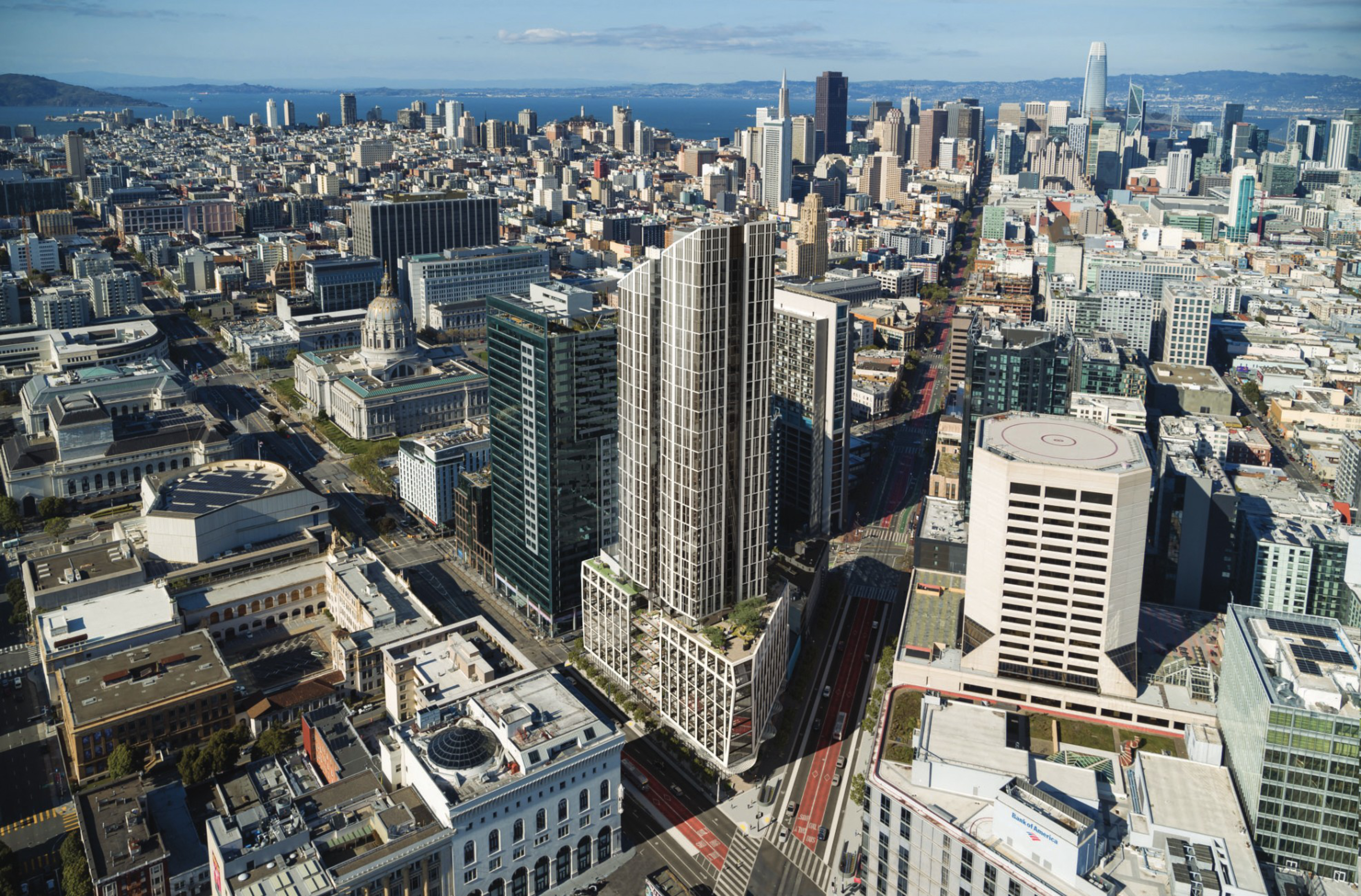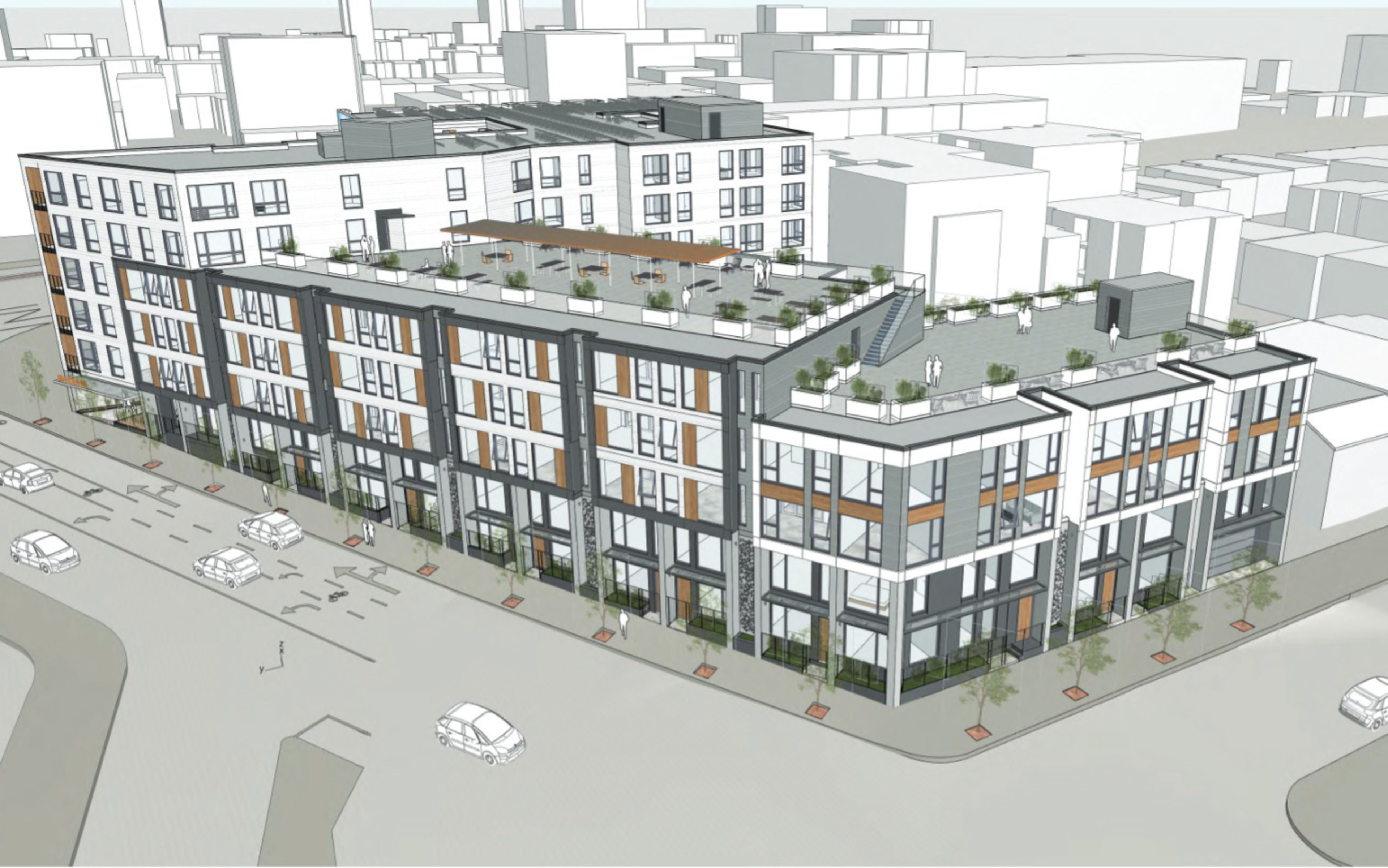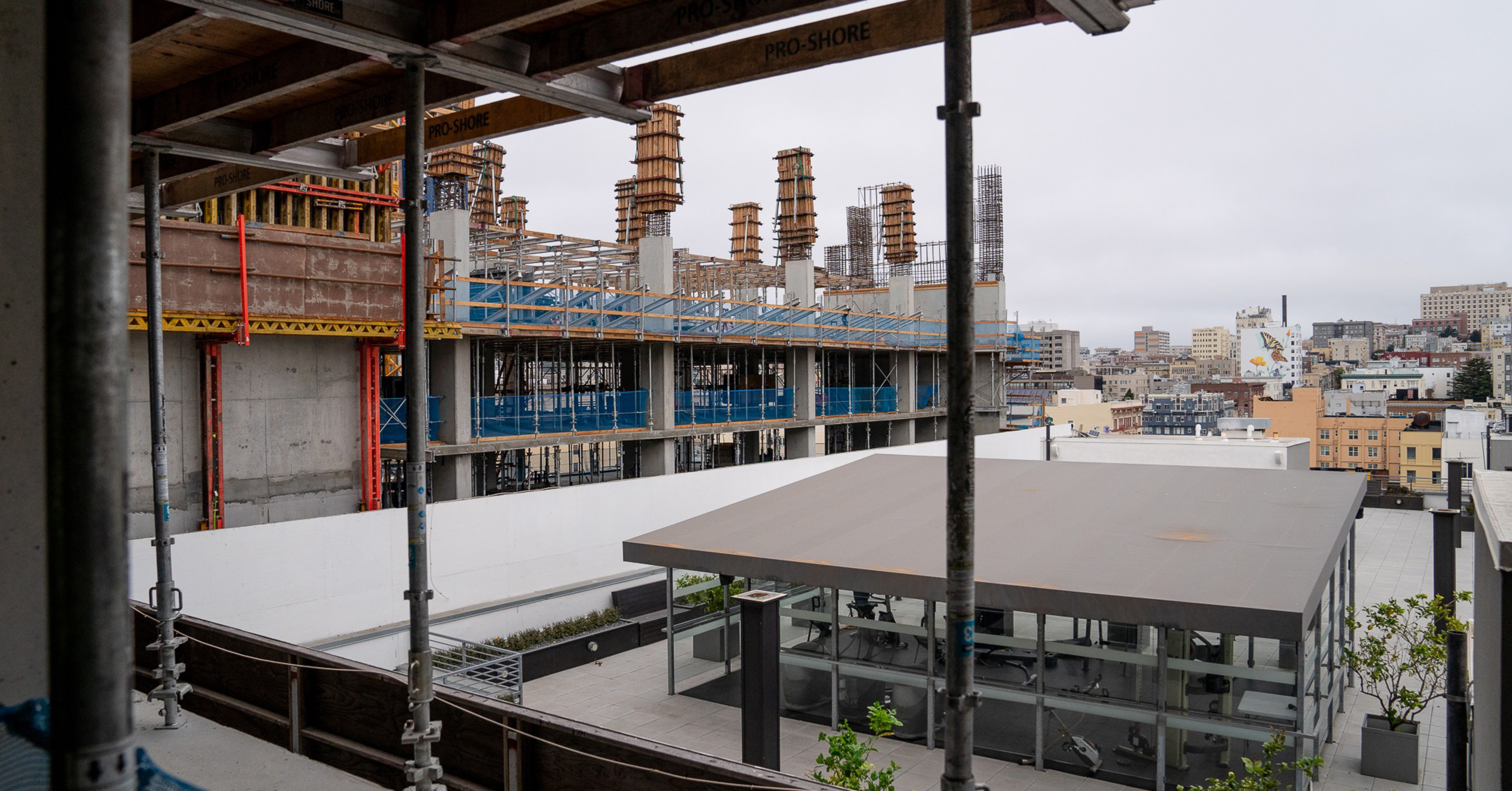When you’re trying to build housing in San Francisco, the city is a jungle. Its overgrown regulation, astronomical costs and myriad reasons to say ‘no’ have killed many a development project.
Despite all of that, some projects somehow still get built.
The average San Francisco building cost clocks in at an astronomical $440 per square foot, the highest in the world, according to data research group CBRE (opens in new tab).
Labor costs are also sky-high. A multitude of fees—some citywide, others neighborhood-specific — erode the profitability of housing projects, dollar by dollar.
The city’s affordable housing rules require developers to either pay a massive fee or make 20% to 33% of units below market-rate in any development larger than 10 units—though political or community groups often push for more. And the Board of Supervisors can still deny a project, even if it meets all the other requirements.
The Standard analyzed SF Planning’s housing pipeline data from Q1 2022, and had a look at the largest developments that made it through the crazy system.
The top five are located in SoMA or nearby. But other, smaller projects stretch across much of the city.
The data paints a stark picture of the city’s struggle to increase its housing stock and create affordable units. When all the projects listed in the Q1 data are complete, they will add just 4,150 new units to the city—2,098 of them will be affordable.
And the state government is cracking down on the city’s attitude towards building homes, launching an investigation into why it takes so long and demanding the city submit a plan to build 82,000 homes by 2030.
Dan Sider, chief of staff at SF Planning, admits that the state has set high goals for San Francisco. But he says the numbers are far from bleak.
“Any unit of housing helps and the good news is that we have a lot of units coming online,” he said. “Some are market rate, some are affordable. We need all of them.”
Here are the largest projects coming down the pipeline.
Hayes Point
30 Van Ness Avenue, Civic Center

Hailed by Mayor London Breed as the kind of project San Francisco needs to “unclog the housing pipeline,” the development at 30 Van Ness Avenue—christened Hayes Point—is an unusual one.
At a time when the city is struggling to attract renters to its commercial office buildings, this new development just north of Market Street plans to place 333 condos on top of a five-story, 29,000 square foot office building.
It was possible to construct such a building because Australian developer Lendlease is able to handle the financing, construction, and development all on its own, a company manager told the San Francisco Chronicle (opens in new tab) earlier this month.
The firm officially broke ground on the project, which Lendlease values at over $1 billion, in September. It is scheduled for completion in 2025.
Notably, 25% of the units in Hayes Point—or 83 condos—will be priced below market rate, more than was required at the time. Lendlease was able to purchase and develop the property in part because it agreed to so many affordable units.
Lendlease has been contacted for comment.
Academe at 198
UC Hastings Student Housing, 198 McAllister St., Tenderloin

Technically, the largest housing development project in San Francisco’s pipeline as of Q1 2022 isn’t “traditional” apartments available to the broader public; it’s part of UC Hastings College of Law’s “Academic Village.”
Developed by Greystar, the residential complex in San Francisco’s rough-and-tumble Tenderloin neighborhood will add 656 new units of housing to the city — but only for graduate students from Hastings, UCSF, and other Bay Area universities. Most of the apartments will be small efficiency units and studios. According to the university, the new 14-story building, called Academe at 198, will also feature classrooms, offices, mock courtrooms, and a 400-person auditorium on its first three floors and ground-floor retail space.
Academe at 198 should be completed in July 2023. Another phase of the project, which envisions renovating the historic building at 100 McAllister Street next door, will be finished in 2025 or later.
Why is the largest ongoing housing development in San Francisco specifically for students? Part of the reason may be that Academe at 198 had an inherent advantage over construction projects: Hastings is affiliated with the University of California system, it is not under the purview of SF Planning.
David Seward, the university’s chief financial officer, disagrees that this is an advantage. He says UC Hastings works “very collaboratively” with SF Planning and takes its input, but “there’s no approval authority there.”
He says Academe at 198 aims to solve affordable housing issues for graduate students, a group underserved by much student housing, and to become a “community activator” for the underserved Tenderloin, putting students on the sidewalks and money into local businesses.
“Urban campuses—it’s really all about the energy and the vibe and the collaborations that will result” when students from different disciplines live together, Seward said.
1064 Mission Street
1064 Mission St., SoMA

Unlike many of the other developments currently under construction, 1064 Mission St. is not the work of a major for-profit developer. Rather, it is a joint project of Mercy Housing, a national affordable housing nonprofit, and Episcopal Community Services of San Francisco.
Construction began in March 2020 and is nearing completion. The complex is set to begin receiving residents on October 3, 2022.
The two buildings that make up the complex will offer 256 affordable studio apartments for formerly homeless adults and seniors, adding to the city’s growing portfolio of permanent supportive housing. They will also have case managers and support service managers on staff. Additionally, an urgent care clinic and a satellite clinic of St. Anthony’s Medical Center, a federally qualified health center, will be located in the complex.
Prospective residents will be referred to the facility through the city Department of Homelessness and Supportive Housing’s Adult Coordinated Entry system.
The complex is being constructed on land provided by the federal government exclusively to house the homeless.
It is being built using a modular construction technique, which means that the individual apartments are assembled off-site and later “clicked into place,” according to Beth Stokes, executive director of Episcopal Community Services.
The new complex “accomplishes a commitment to continuing to create new units of supportive housing to house a growing population of folks that are chronically homeless with pretty significant disabling conditions,” she said.
Ventana Residences
99 Ocean Avenue, Mission Terrace/Excelsior

This new high-density residential complex in the Mission Terrace area will add 193 units to San Francisco’s housing stock, 48 of which will be affordable.
It will be located half a mile from the Balboa Park BART station, giving residents access to the rapid transit system, multiple Muni lines, and numerous bus routes.
The complex will also include the Wu Yee Children’s Services, a preschool that will serve up to 75 children, on site. Developer Presidio Bay Ventures says this will be a first for a housing development project in San Francisco, where most developers simply pay into the San Francisco Childcare Impact Fee Fund.
One of the goals of the project is to accommodate young families, who might otherwise struggle to find housing that can accommodate their need for more space, Kabir Seth, chief operations officer of Presidio Bay Ventures said. These families might otherwise have to leave the city.
Getting the project approved was difficult, Seth said, explaining that his company acquired the site at the end of 2016, but couldn’t get it “shovel ready” until 2020.
In 2019, a coalition of community groups publicly opposed the project, demanding that 100% of the apartments be affordable. The Planning Commission eventually advanced the project, the San Francisco Examiner reported (opens in new tab).
Seth told The Standard that he believes community input results in better outcomes. But materials, labor, taxes and affordability requirements already make multi-family development very difficult. When even going above the affordability minimums—as Presidio did by making 25% of the units affordable—is not enough, that can derail important construction projects.
“Our project still got appealed,” he said, “and we still had to present it and overcome the appeal at the Board of Appeals, following what was already a very lengthy entitlement and environmental review process.”
‘Brady Block’ residential building
1621 Market St, SoMA

The building at 1621 Market St. was long the home of the UA Local 38 plumbers and pipefitter’s union. But in 2017, the union teamed up with Strada Investment Group to construct a six-building housing project, according to the San Francisco Business Times (opens in new tab).
That project, which is located between Market and Brady streets and sometimes called the “Brady Block,” will create a total of 595 residential units. Of those, 103 will be affordable and 96 will be supportive housing for formerly homeless individuals, according to SF Planning.
The project currently coming down the pipeline is a nine-story residential building that will include 185 units. According to the Q1 2022 data, none of them will be affordable, suggesting that the below-market apartments may be in other Brady Block structures. The development is currently under construction.
The union hall originally at 1621 Market St. has been demolished and included in another building in the new development.
Strada has been contacted for comment.
Here’s a map of some of the larger developments coming down the pipeline:
